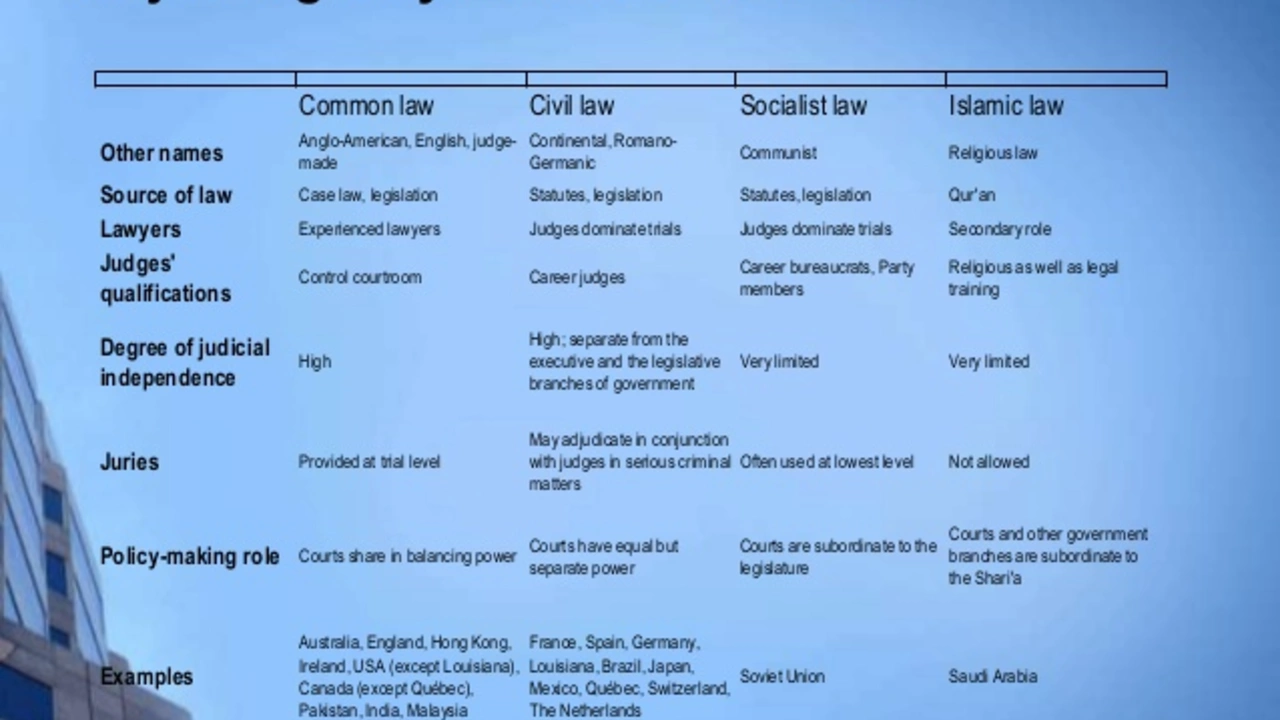Understanding the Role of Sports Unions
Before delving into the topic, it is essential to understand the role of sports unions. Simply put, sports unions like the NFLPA, NBAPA, MLBPA, and NHLPA are organizations that protect the rights of professional athletes. They negotiate contracts, ensure fair treatment, and advocate for players’ welfare. These unions play a pivotal role in shaping the sports industry, especially in regards to players' salaries, working conditions, and benefits. However, not all sports unions are created equal, and unfortunately, the NFLPA often falls short when compared to its counterparts.
The Disparity in Collective Bargaining Agreements
The Collective Bargaining Agreement (CBA) is a critical factor that significantly influences the power of a sports union. The CBA is the contract that outlines the terms and conditions of employment for the players. Unfortunately, the NFLPA's CBA is generally considered the weakest among the major sports. One reason for this is the shorter term of player contracts in the NFL, which limits the players' ability to negotiate their terms and conditions. Furthermore, the NFL's non-guaranteed contracts, combined with shorter careers, mean that players often find themselves in unstable financial situations.
Lack of Guaranteed Contracts
One of the main reasons why the NFLPA is considered the weakest union among the four major sports is the lack of guaranteed contracts. Unlike the NBA, MLB, and NHL, where contracts are fully guaranteed, NFL contracts are not. This discrepancy means that NFL players are at a higher risk of losing their earning potential due to injury or poor performance. In essence, the lack of guaranteed contracts leaves NFL players more vulnerable to financial instability.
The Shorter Careers of NFL Players
Another contributing factor to the perceived weakness of the NFLPA is the shorter career span of NFL players. The average career length in the NFL is significantly shorter than in the NBA, MLB, or NHL, ordinarily due to the physically demanding nature of football. This shorter career span reduces the earning potential of NFL players and limits the union's bargaining power.
Health and Safety Concerns
Health and safety are serious concerns for any professional athlete. However, these issues are particularly prominent in the NFL due to the physical nature of the sport. Despite these concerns, the NFLPA has struggled to secure adequate health benefits and safety precautions for its players. This lack of protection points to a weakness in the union's ability to advocate effectively for its members.
The Revenue Sharing Model
The revenue-sharing model of the NFL also contributes to the NFLPA's perceived weakness. Unlike the other major sports leagues, the NFL's revenue-sharing model is heavily skewed in favor of the owners. This imbalance in revenue distribution limits the players' earning potential and highlights the disparity in power between the NFLPA and the league's owners.
Less Player Control Over Career Decisions
Lastly, NFL players have less control over their career decisions compared to athletes in other major sports. This lack of control is primarily due to franchise tags and the rookie wage scale, which restrict player movement and limit earning potential. The inability of the NFLPA to negotiate more favorable terms for its members in these areas points to its relative lack of strength as a sports union.
In conclusion, while the NFLPA has made strides in advocating for player rights, it still lags behind other major sports unions in several key areas. From less secure contracts to shorter careers, lesser health benefits, and an imbalanced revenue-sharing model, the challenges facing the NFLPA are considerable. The union will need to address these issues if it hopes to gain more power and provide better protection for its members.



